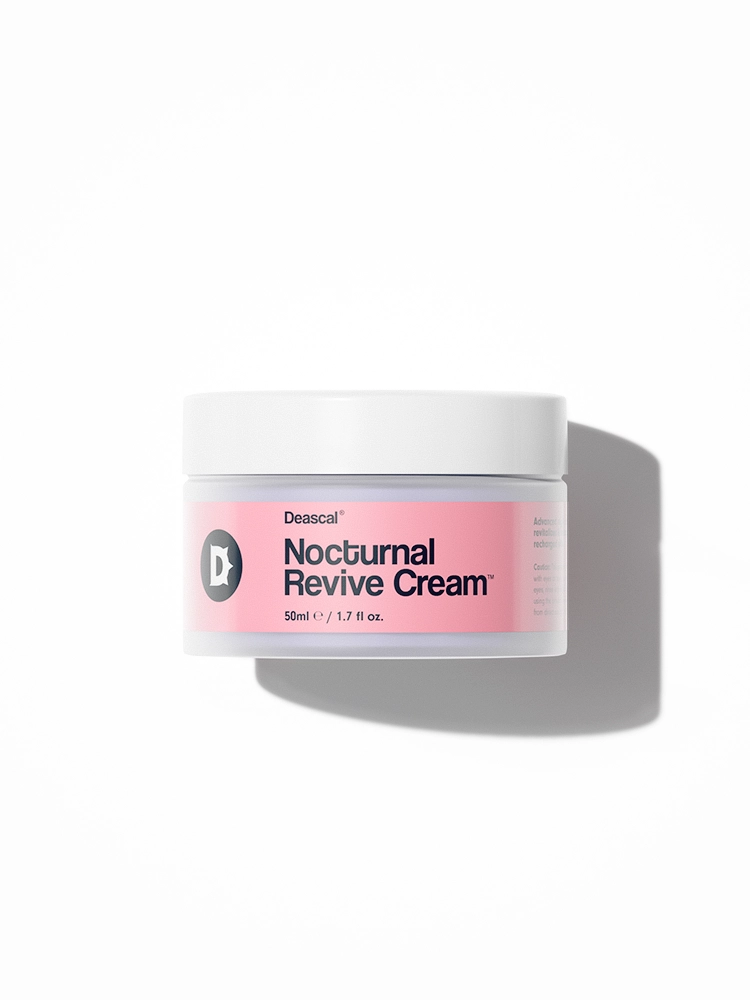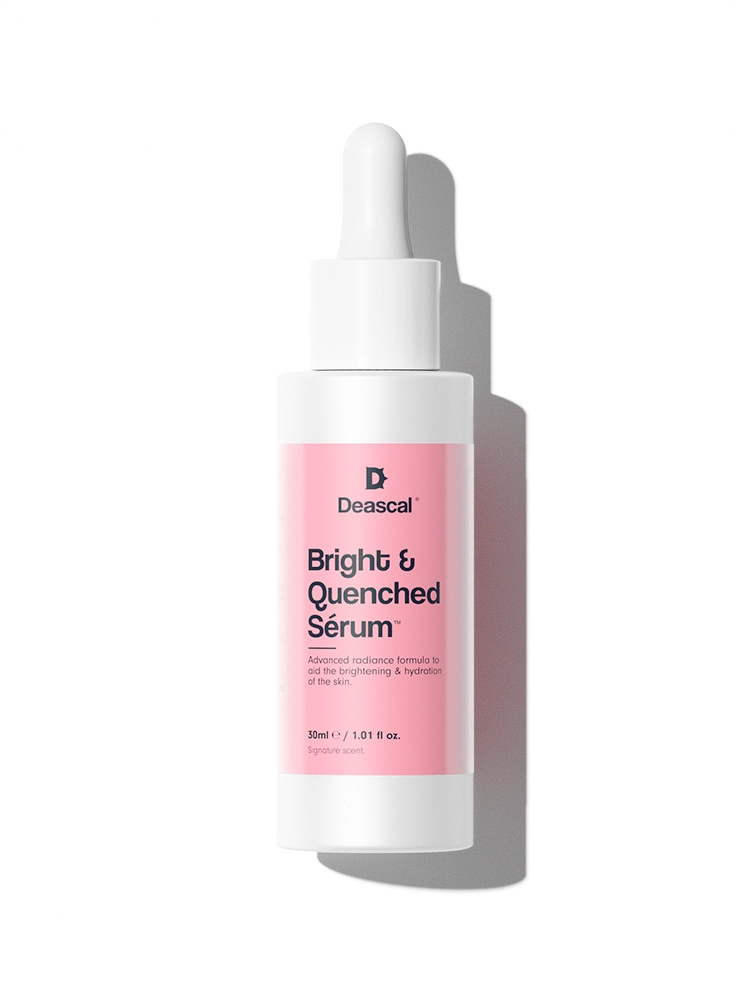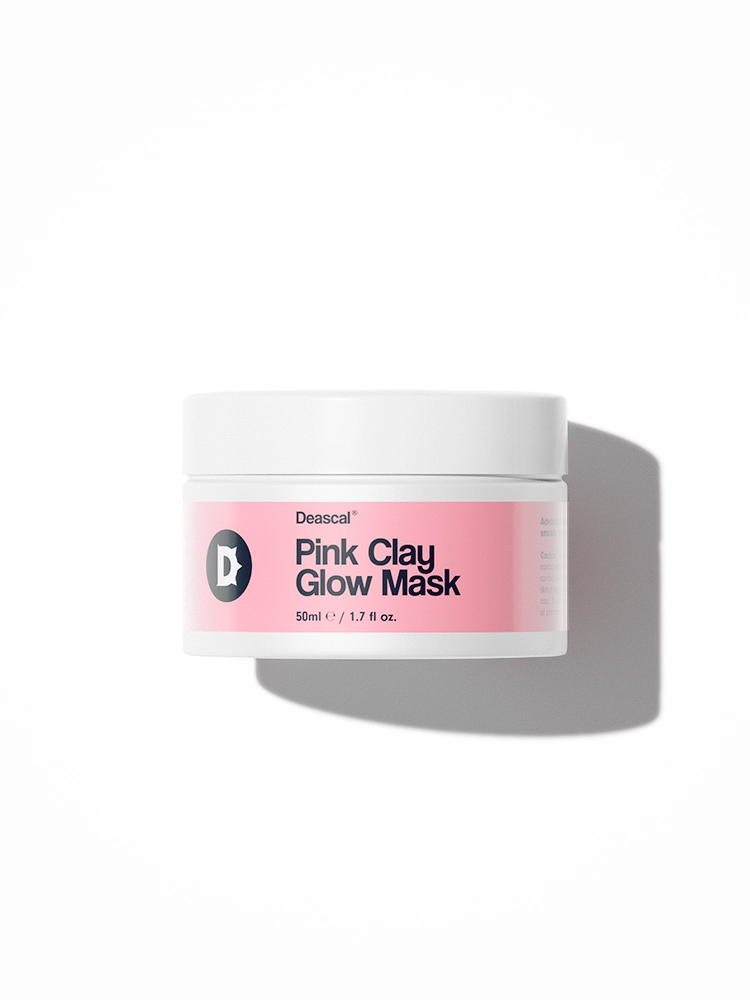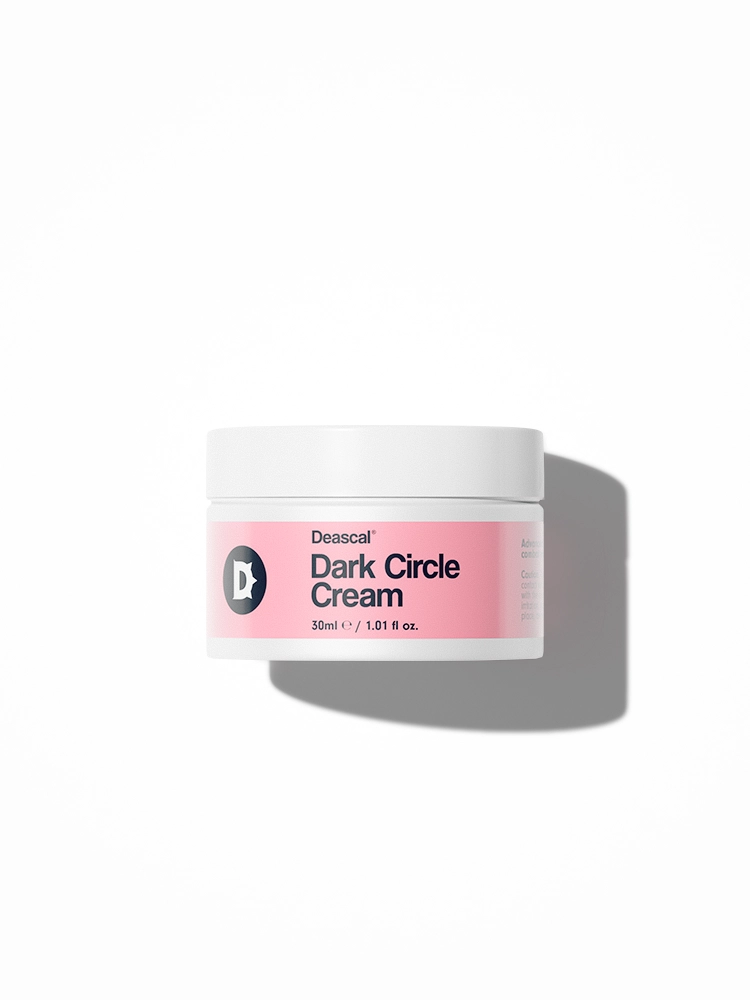What is Lactamidopropyl Trimonium Chloride?
Lactamidopropyl Trimonium Chloride, also known by its chemical name 1-Propanaminium, N,N,N-trimethyl-3-[2-hydroxy-1-oxopropyl]amino-, chloride, is a synthetic ingredient commonly used in cosmetic products. This compound is primarily sourced from the reaction of lactic acid and trimethylamine, resulting in a quaternary ammonium compound. It is often referred to by its shorter name, Lactamidopropyl Trimonium Chloride, in ingredient lists.
The history of Lactamidopropyl Trimonium Chloride in cosmetics dates back to the increasing demand for hair care products that could effectively reduce static and improve manageability. As formulators sought out ingredients that could deliver these benefits without causing buildup or irritation, Lactamidopropyl Trimonium Chloride emerged as a viable solution. Its antistatic properties made it particularly appealing for use in conditioners, shampoos, and other hair care formulations.
The production process of Lactamidopropyl Trimonium Chloride involves a series of chemical reactions. Initially, lactic acid is reacted with trimethylamine to form an intermediate compound. This intermediate is then further processed and quaternized to produce the final quaternary ammonium compound, Lactamidopropyl Trimonium Chloride. This manufacturing process ensures that the ingredient is both effective and safe for use in various cosmetic applications.
The Benefits/Uses of Lactamidopropyl Trimonium Chloride
In this section, we will delve into the officially recognized cosmetic benefits and uses of Lactamidopropyl Trimonium Chloride:
Antistatic Properties
Lactamidopropyl Trimonium Chloride is primarily known for its antistatic properties. This means it helps to reduce or eliminate static electricity, which can be a common issue in hair care products. When your hair builds up static, it can become frizzy, flyaway, and difficult to manage. By incorporating this ingredient into formulations, manufacturers can help ensure that your hair remains smooth, manageable, and free from static cling. This is particularly beneficial in dry climates or during the winter months when static electricity tends to be more problematic.
Note: the listed benefits above are exclusively based on the officially recognized and defined functions of the ingredient, as documented by the International Nomenclature of Cosmetic Ingredients (INCI).
Potential Side Effects & Other Considerations
Lactamidopropyl Trimonium Chloride is generally considered safe for use in cosmetic products. However, as with any ingredient, there are potential side effects that users should be aware of:
- Skin irritation
- Allergic reactions
- Contact dermatitis
Regarding individuals who are pregnant or breastfeeding, there is a lack of specific data on the safety of Lactamidopropyl Trimonium Chloride when used topically during pregnancy or breastfeeding. Therefore, it is advisable for these individuals to consult a healthcare professional for further advice.
Adverse reactions to Lactamidopropyl Trimonium Chloride are relatively uncommon, but it is always prudent to conduct a patch test before widespread usage to ensure that you do not have a sensitivity to the ingredient.
In terms of comedogenicity, Lactamidopropyl Trimonium Chloride has a rating of 1 on a scale of 0 to 5, where 0 is totally non-comedogenic and 5 is highly comedogenic. This low rating indicates that it is unlikely to clog pores, making it suitable for individuals who are prone to acne, blemishes, or breakouts.




